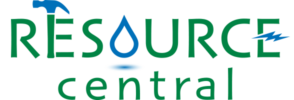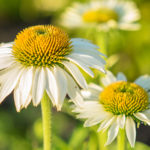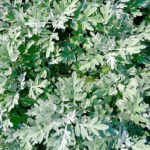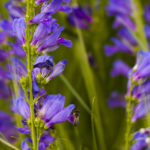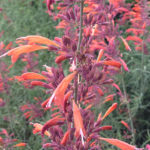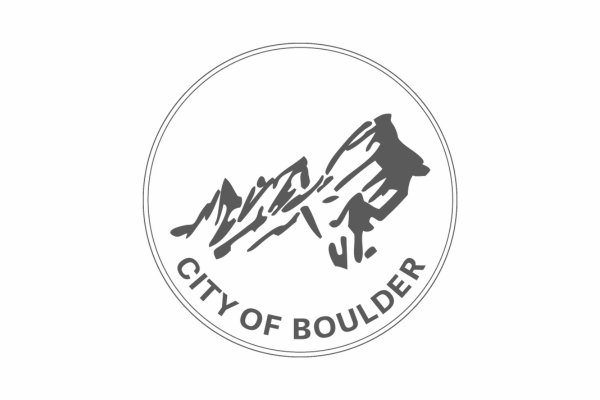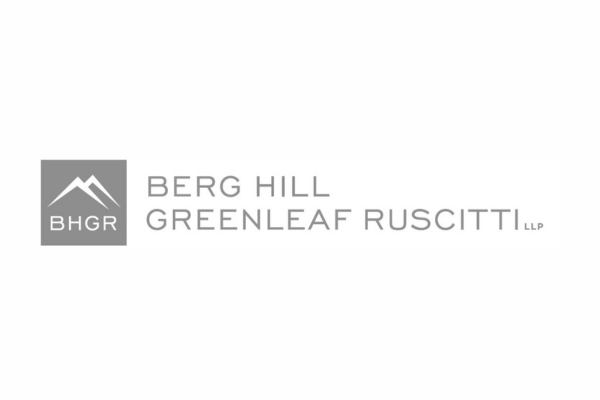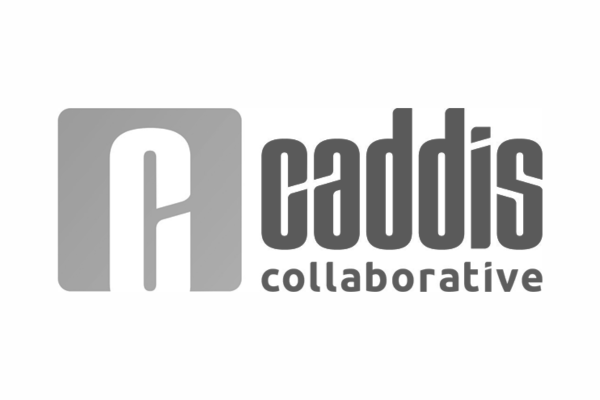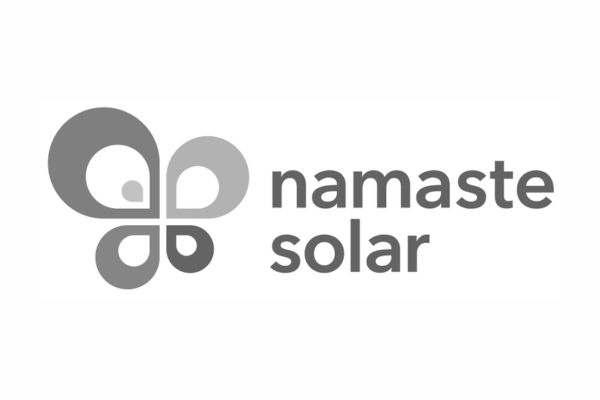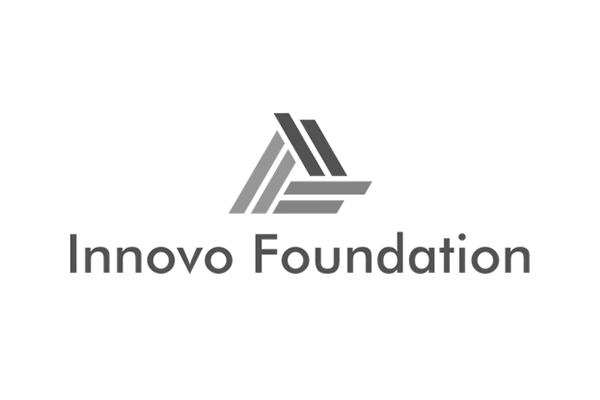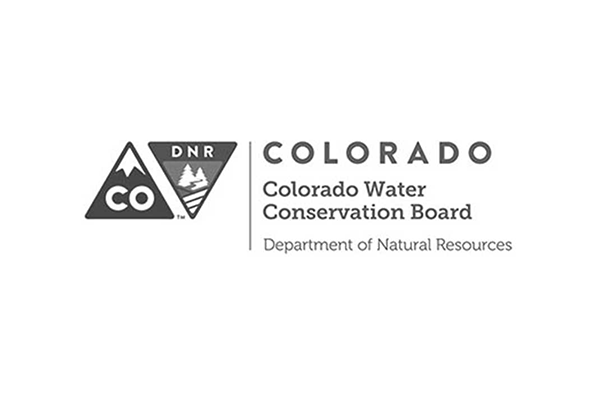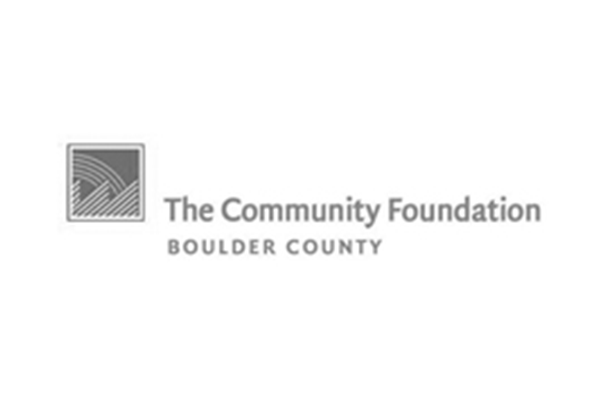by Emily Cross Reeves
Ready to see beneficial birds, butterflies, moths, and bees flocking to your yard? Replacing your grass with drought-tolerant plants is definitely the best place to start! Once you’ve made the choice to make your yard home to a whole host of pollinators, you’ll need to make sure you have a water source for all of the pollinators who will be visiting; as well as a protected, sunny area in which your pollinator-friendly plants will live. Once you’ve checked those boxes, it’s all about choosing the right plants!
When it comes to making pollinators happy, there are a few flowers that truly shine. We narrowed down our favorite plants for pollinators so you can watch as your yard becomes a pollinator’s paradise.
Attracts: Birds and butterflies. A must-have for the backyard butterfly garden, White Coneflower is native to the prairies and meadows of central and southeastern United States, but is so low-maintenance that it is a favorite of many Colorado gardeners. This adaptable wildflower tolerates drought, heat and low-fertility soil. If you’d like to see more birds and butterflies in your garden, you should definitely consider planting White Coneflower.
You’ll find White Coneflower in the Bees & Blooms garden.
Attracts: Bees and butterflies. Want to make a whole lot of pollinators happy and have a delicious fresh herb on hand all summer long? Plant some Garden Sage (a.k.a. common sage and culinary sage). Garden Sage is a delicious culinary herb with a strong aroma and beautiful lavender flowers. Sage is a drought-tolerant plant that is super easy to grow in Colorado. Plus, it’s irresistible to bees and chefs alike.
- Native Bee Balm Monarda fistulosa
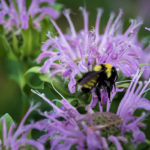
Attracts: Bees, butterflies and hummingbirds. Bee Balm is well known to gardeners for its ability to attract bees – hence the common name. But when you garden in Colorado, you need to be careful about the type of Bee Balm that you choose, because most varieties need more moisture than they can get in a xeric garden. Native Bee Balm, however, is perfect for a low-maintenance, drought-tolerant, full-sun garden in the dry heat of Colorado. It’s quite xeric once established, and the showy lavender flowers attract bees, butterflies and hummingbirds in droves.
You’ll find Native Bee Balm in the Golden Hour and Rainbow Delight gardens.
Attracts: Bees, butterflies, hummingbirds and birds. When you have a Rocky Mountain Penstemon (or Beardtongue) in your garden, you’ll often see the rear end of a bee sticking out of one of the bright purple flowers. Rocky Mountain Penstemon is an easy-to-grow, drought-tolerant favorite in many Garden in a Box gardens because it’s a native to the foothills and mountains of Colorado. Choosing a native Colorado flower like Rocky Mountain Penstemon is always wise when planning a xeric garden, and even better when choosing plants that pollinators will love.
You’ll find Rocky Mountain Penstemon in the Sunny Slope and Rainbow Delight gardens.
Attracts: Butterflies and hummingbirds. If you love hummingbirds, then you’ll love the Sunset Hyssop (aka licorice hummingbird mint). The orange, tubular flowers have evolved to make hummingbirds happy, and boy do they make gardeners happy, too! Sunset Hyssop blooms in the hot, dry days of late summer, offering a much-needed nectar source when other perennials have stopped blooming. Native to the mountains of Arizona and New Mexico, this hummingbird mint needs very little water to thrive.
Sunset Hyssop can be found in the Bees & Blooms garden.
Even a small pollinator garden can help bees, butterflies, and birds thrive in your area, so start planting! To make a truly beneficial pollinator garden, you need a water source, a sunny area with windbreaks, and a garden that offers year-round blooms for pollinators to visit. Native Colorado flowers are great for native bees, and non-native flowers like sage will be smothered in bees come midsummer, as well. All Garden in a Box pre-planned gardens are pollinator friendly, so check them out today.
